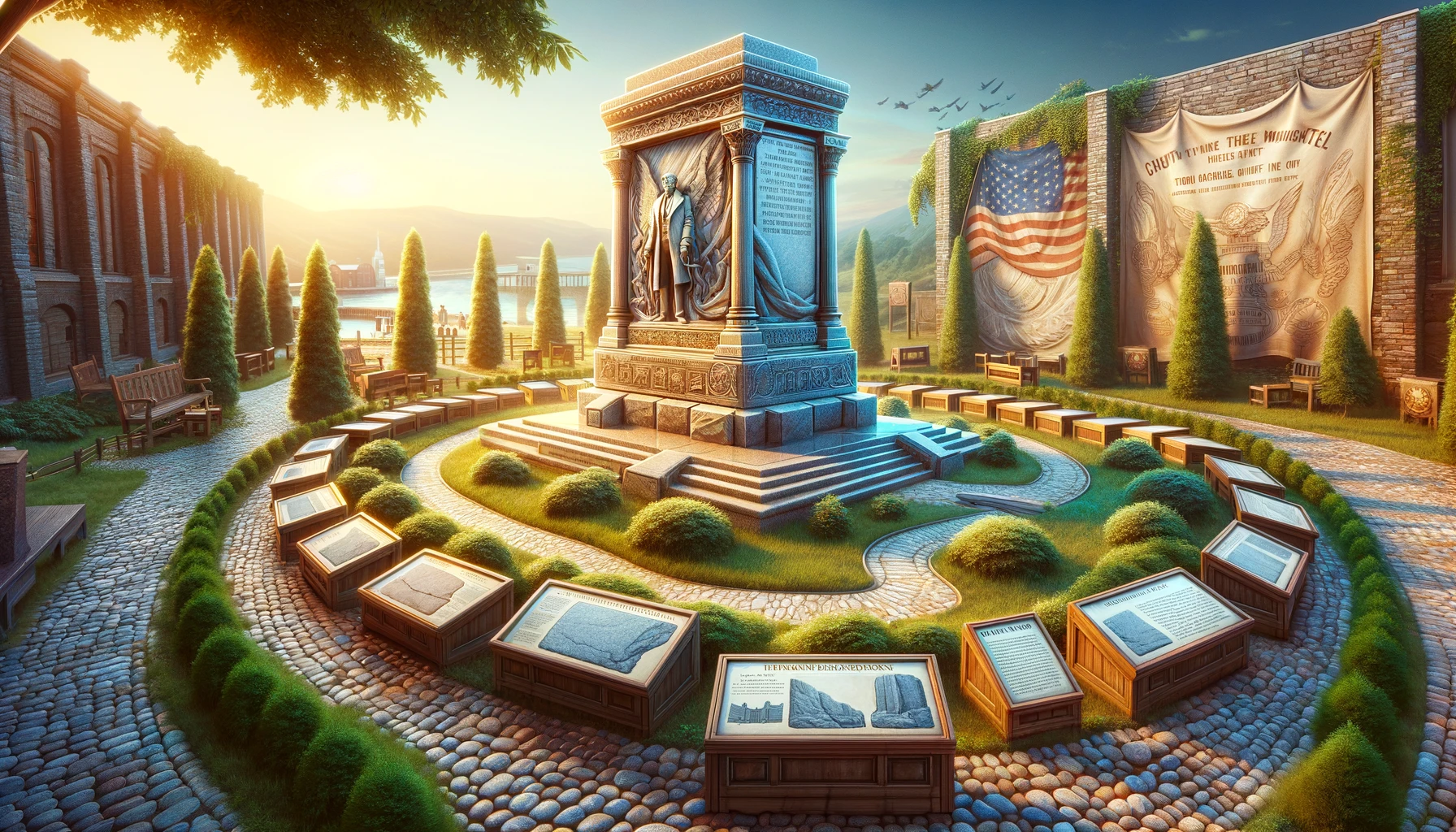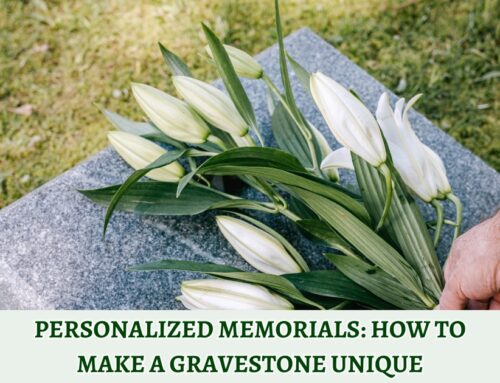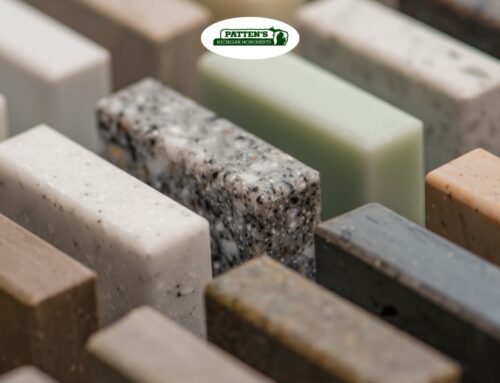The History and Significance of Granite in Monuments
Topic: Granite History
The story of granite in monument-making is a tale as enduring as the material itself. For centuries, granite has been the cornerstone of memorialization, offering a blend of beauty, durability, and solemn respect. Its role in commemorating lives is not just a recent development but a rich historical narrative that has evolved alongside human civilization.
Overview of Granite Use For Memorials
Granite’s journey in monument-making began in ancient times when it was first used for its strength and permanence. Its ability to withstand the elements made it a preferred choice for memorials and monuments. Over time, advancements in quarrying and carving transformed granite from a material of practicality to one of artistic expression. Each era saw a new dimension added to its use, from simple markers to elaborate sculptures and intricate engravings.
The significance of granite in monuments lies in its symbolic representation of eternity and memory. Granite, with its unyielding nature, serves as a metaphor for the everlasting impact of a life lived. It’s a material that speaks of legacy, of a timelessness that echoes the enduring nature of love and remembrance. Its varied hues, from the deepest blacks to the lightest grays, offer a canvas for personal expression, allowing families to choose a monument that truly reflects the soul of their loved ones.
Our Role In Granite History
In the context of Patten’s Michigan Monuments, a company with a rich history spanning over a century, granite has played a pivotal role. Since its inception in 1917, Patten’s has been at the forefront of monument design and craftsmanship, navigating the evolving trends and technologies in monument-making. Their expertise in granite monument creation has made them a trusted name in memorialization, helping countless families create fitting tributes to their loved ones.
Patten’s legacy is intertwined with the history of granite monuments. Their century-long journey mirrors the evolution of monument materials and design. From hand-carved headstones in the early 20th century to today’s precision-engraved markers, their work reflects a deep understanding and respect for both the material and the memories it preserves.
Moreover, Patten’s contribution to the community extends beyond mere monument-making. Their work in preserving local history through memorialization, their involvement in commemorating veterans and public figures, and their commitment to providing compassionate service in times of grief, have made them a significant part of Michigan’s heritage.
Why Choose Granite Memorials
Granite, in its essence, is more than just a stone; it’s a bearer of stories, a guardian of history, and a silent witness to the passage of time. In the hands of skilled artisans like those at Patten’s, it becomes a means of connecting generations, a way to honor the past while enduring into the future.
The continued preference for granite in modern monument-making speaks volumes about its unchanging value. Even as trends shift and new materials emerge, the demand for granite monuments remains steady, a testament to its timeless appeal. This preference is driven not just by its physical qualities but also by its emotional resonance. Choosing a granite monument is a deeply personal decision, one that involves considerations of legacy, symbolism, and the desire to create a lasting memorial.
In Summary
In conclusion, the history and significance of granite in monuments are as multifaceted as the stone itself. Its journey from ancient times to the present day is a reflection of humanity’s enduring need to commemorate and remember. For companies like Patten’s Michigan Monuments, granite is not just a material but a medium through which they help people express love, respect, and remembrance. As we move forward, granite monuments will continue to stand as silent, steadfast reminders of the lives and stories they represent, bridging the past with the future in the timeless art of memorialization.






Leave A Comment